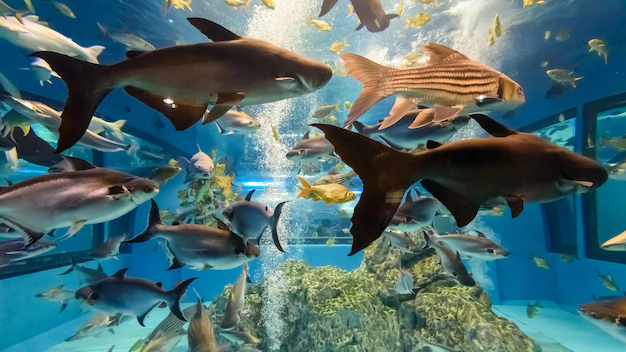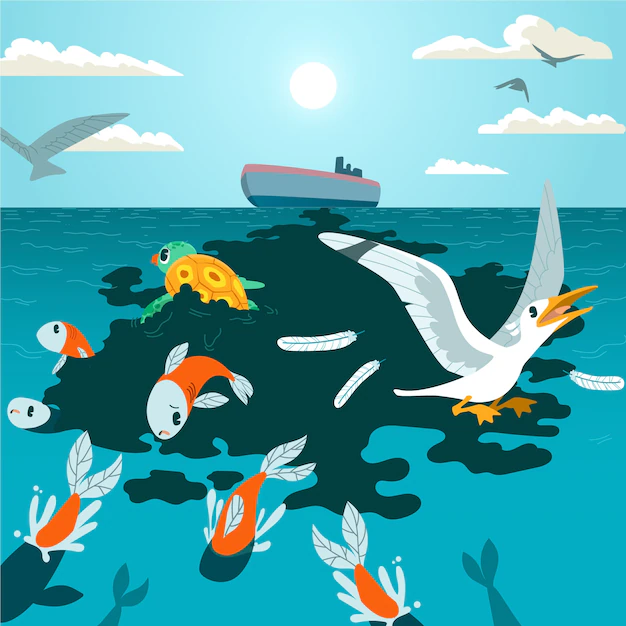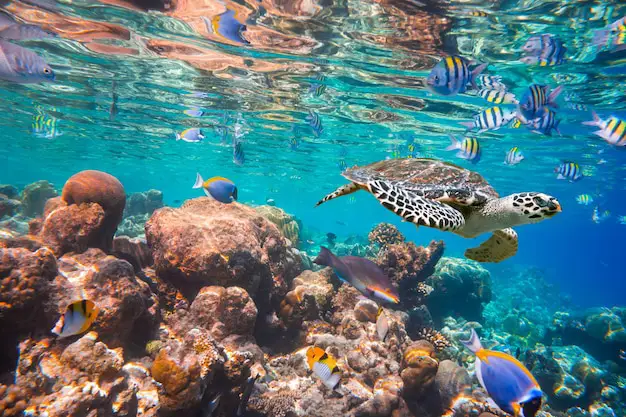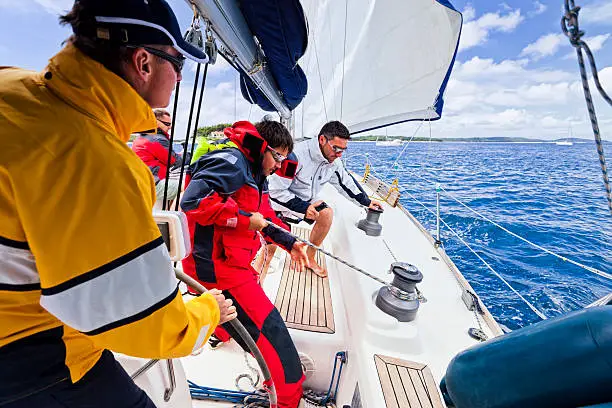Environmental Psychology Silent Symphony: The Urgency of Protecting Endangered Marine Life



Introduction: The vast expanse of Earth’s oceans, teeming with life, harbors a symphony of creatures that contribute to the delicate balance of marine ecosystems. However, this symphony is under threat as numerous marine species face the risk of extinction, a stark reminder of the urgent need to address the plight of endangered marine life. In this article, we will delve into the challenges faced by these remarkable creatures and explore the critical importance of conservation efforts to preserve the biodiversity of our oceans.

Oil spill is ultimately damaging to the marine life and its species ecosystem,
Oil spill HAMPERS MARINE REPRODUCTION AND ITS FOOD CHAIN and its structural defense and its marine home. Every Living Organisms is a component of the earths’ biodiversity which is an essential byproduct of 3.5 billion years evolution.
Page Contents
Interconnection of Endangered Marine Life and Environmental Psychology

The interconnection between endangered marine life and environmental psychology unfolds as a compelling narrative that transcends the realms of biology and human behavior. The plight of these threatened marine species resonates deeply with our psychological connection to the natural world. Witnessing the decline of vibrant coral reefs, majestic marine mammals, and diverse aquatic ecosystems can evoke a profound emotional response, highlighting the intrinsic bond between individuals and the environment. Environmental psychology underscores the importance of preserving biodiversity not only for the health of the planet but also for the well-being of human communities. The loss of endangered marine life serves as a stark reminder of the impact of human activities on the delicate balance of ecosystems.

Silent Symphony: The Urgency of Protecting Endangered Marine Life
Section 1: The Silent Crisis
Overview of Endangered Marine Species The world’s oceans are home to an astonishing array of marine life, from majestic whales and elusive sharks to delicate coral reefs and colorful fish. Unfortunately, many of these species are facing imminent threats to their survival. Factors such as overfishing, habitat destruction, climate change, and pollution contribute to the decline of marine populations, pushing numerous species to the brink of extinction.
Section 2: Keystone Species and Ecosystem Impact
Endangered marine species often play crucial roles as keystone species within their ecosystems. Whether it’s the apex predators regulating prey populations or the filter-feeding organisms maintaining water clarity, the loss of these species can trigger cascading effects throughout the entire marine food web. Understanding the interconnectedness of marine life emphasizes the urgency of protecting not only individual species but the delicate balance they maintain within their habitats.
Section 3: The Human Impact
Overfishing and Habitat Destruction Human activities, particularly overfishing and habitat destruction, pose significant threats to marine life. Unsustainable fishing practices deplete fish populations, disrupt ecosystems, and lead to the decline of many species. Meanwhile, coastal development, pollution, and climate change further degrade vital habitats such as coral reefs and mangroves, leaving marine life vulnerable to a rapidly changing environment.
Section 4: Climate Change and Ocean Acidification
The overarching threat of climate change and ocean acidification exacerbates the challenges faced by marine life. Rising sea temperatures, altered ocean currents, and the acidification of seawater all contribute to the stress on marine ecosystems. Coral reefs, vital nurseries for marine biodiversity, are particularly susceptible, facing bleaching events that compromise the survival of countless marine species.
Section 5: Conservation Initiatives and Hope for the Future
Amidst the challenges, there is hope. Conservation initiatives and marine protection areas offer a glimmer of possibility for endangered marine life. From community-based efforts to international agreements, collaborative actions are underway to mitigate the threats and protect the habitats that sustain marine biodiversity. By raising awareness, supporting sustainable practices, and advocating for stronger conservation measures, individuals and organizations can contribute to the collective effort to safeguard the future of our oceans.

Human Stewards of the Environment
By understanding the psychological toll of this loss, we gain insight into the urgency of conservation efforts. The preservation of marine biodiversity, rooted in an awareness of our emotional and psychological ties to the oceanic realm, becomes not just a scientific imperative but a deeply human one, shaping our collective responsibility to safeguard the wonders of the seas for future generations.
Conclusion
In conclusion, the fate of endangered marine life is intertwined with our own. As stewards of the planet, it is our responsibility to recognize the urgency of the situation and take meaningful action. Preserving the rich tapestry of marine biodiversity not only ensures the survival of countless species but also secures the health and resilience of our oceans—a precious resource that sustains life on Earth. Through awareness, education, and concerted conservation efforts, we can work together to turn the tide for endangered marine life and the environment, allowing the oceans to thrive for generations to come.







